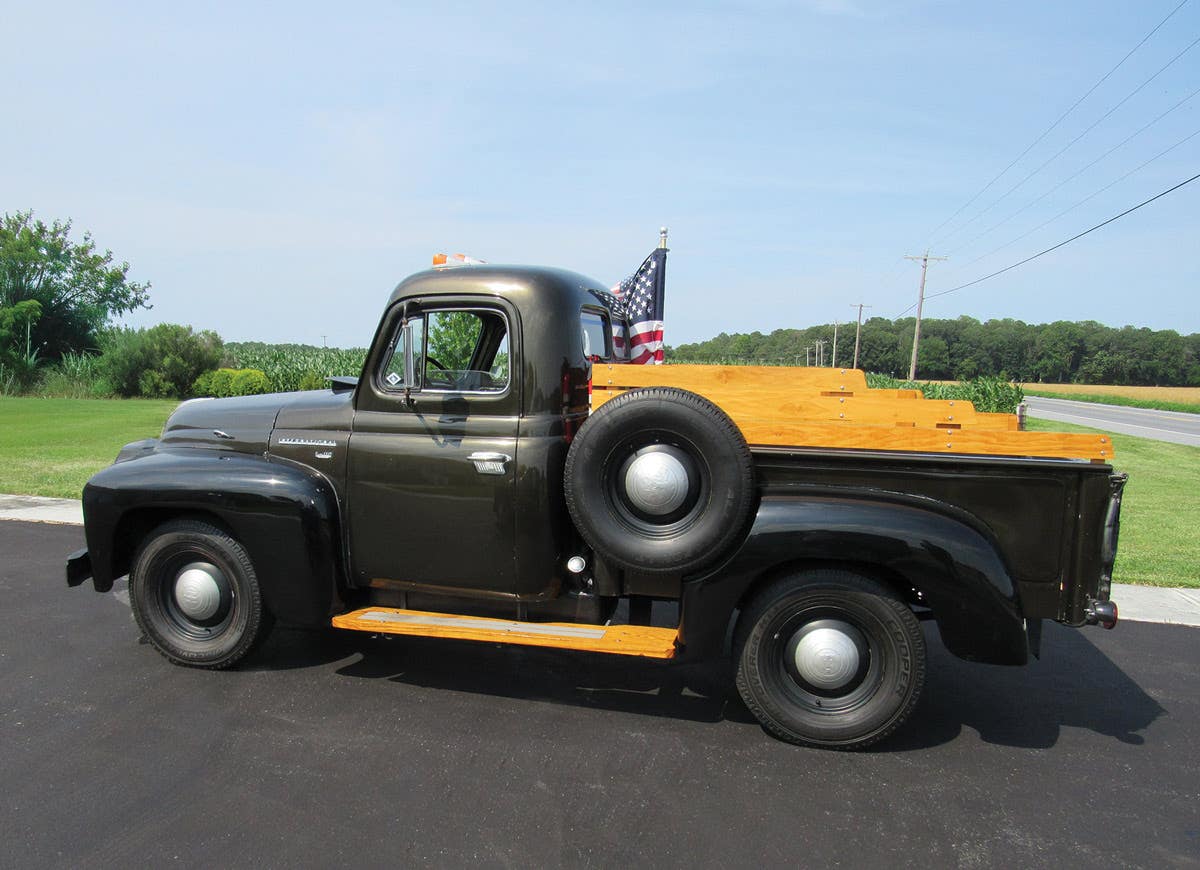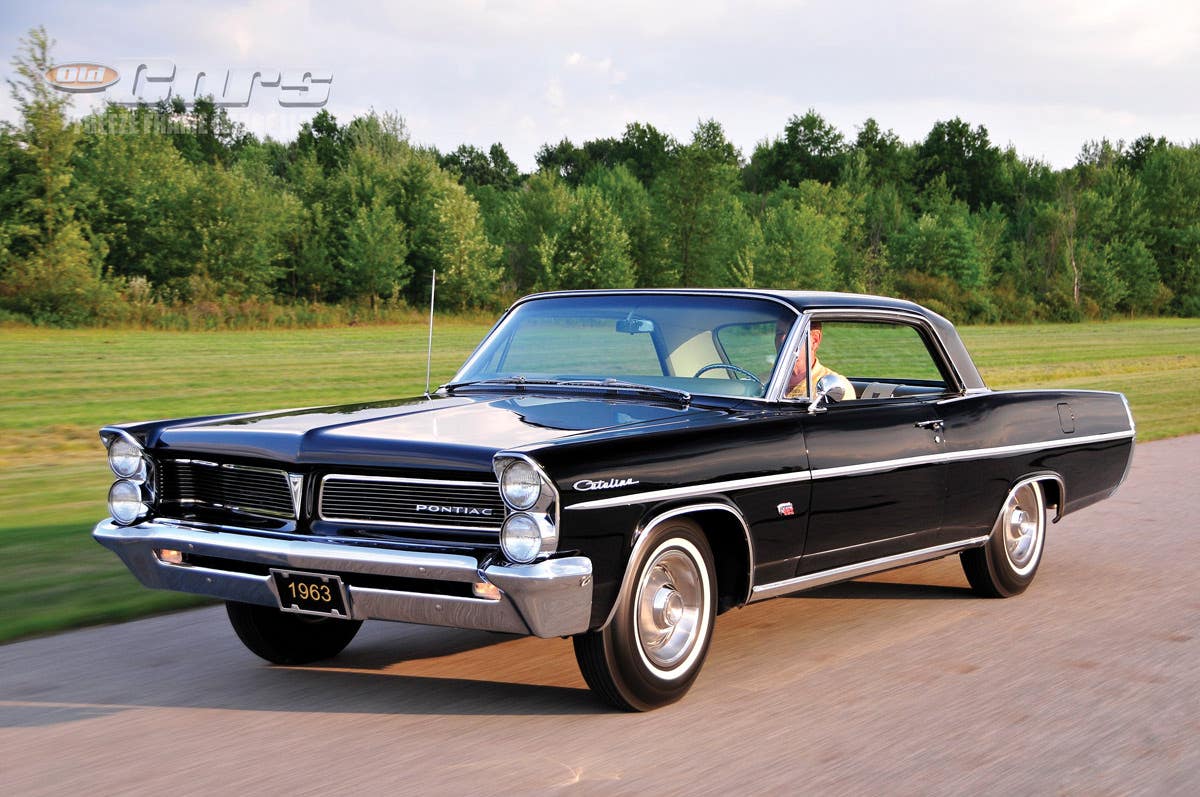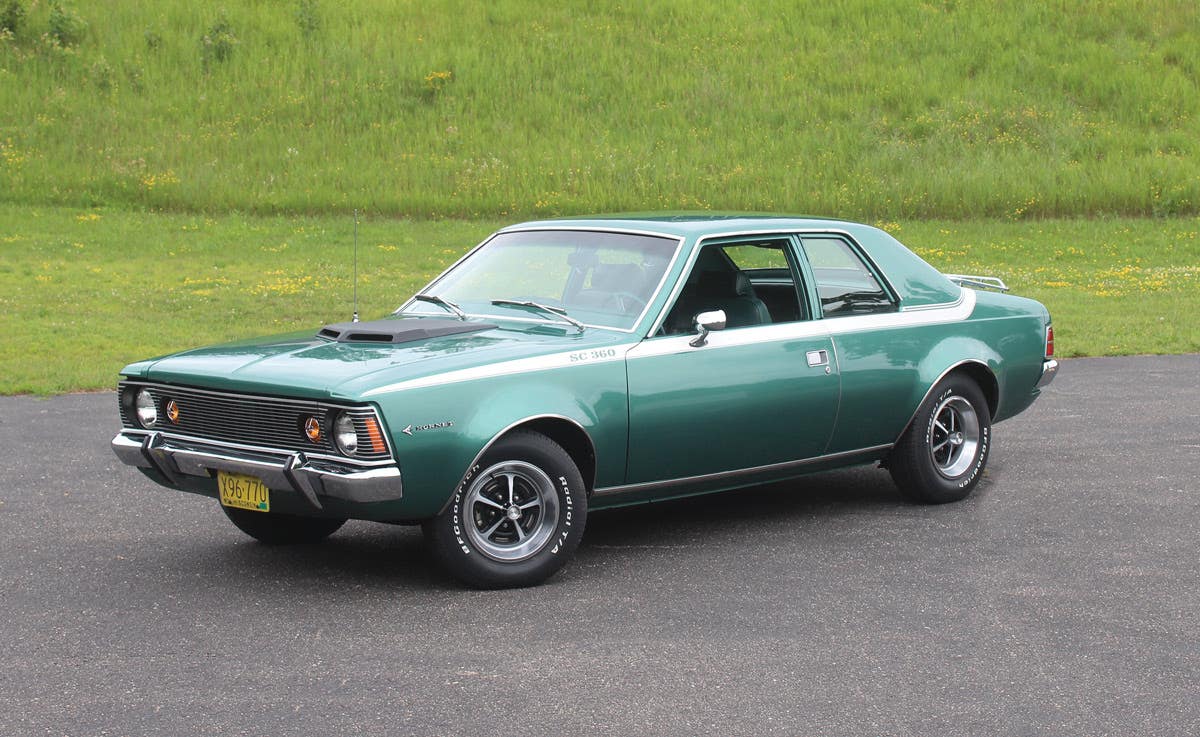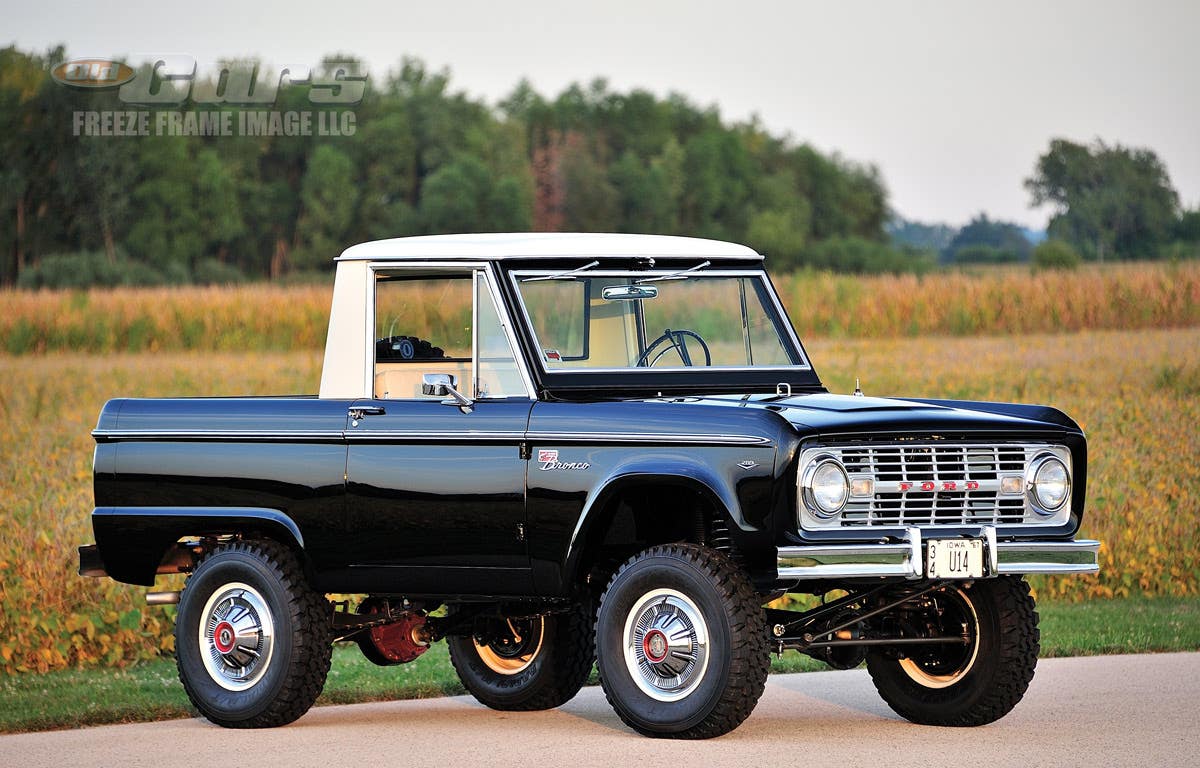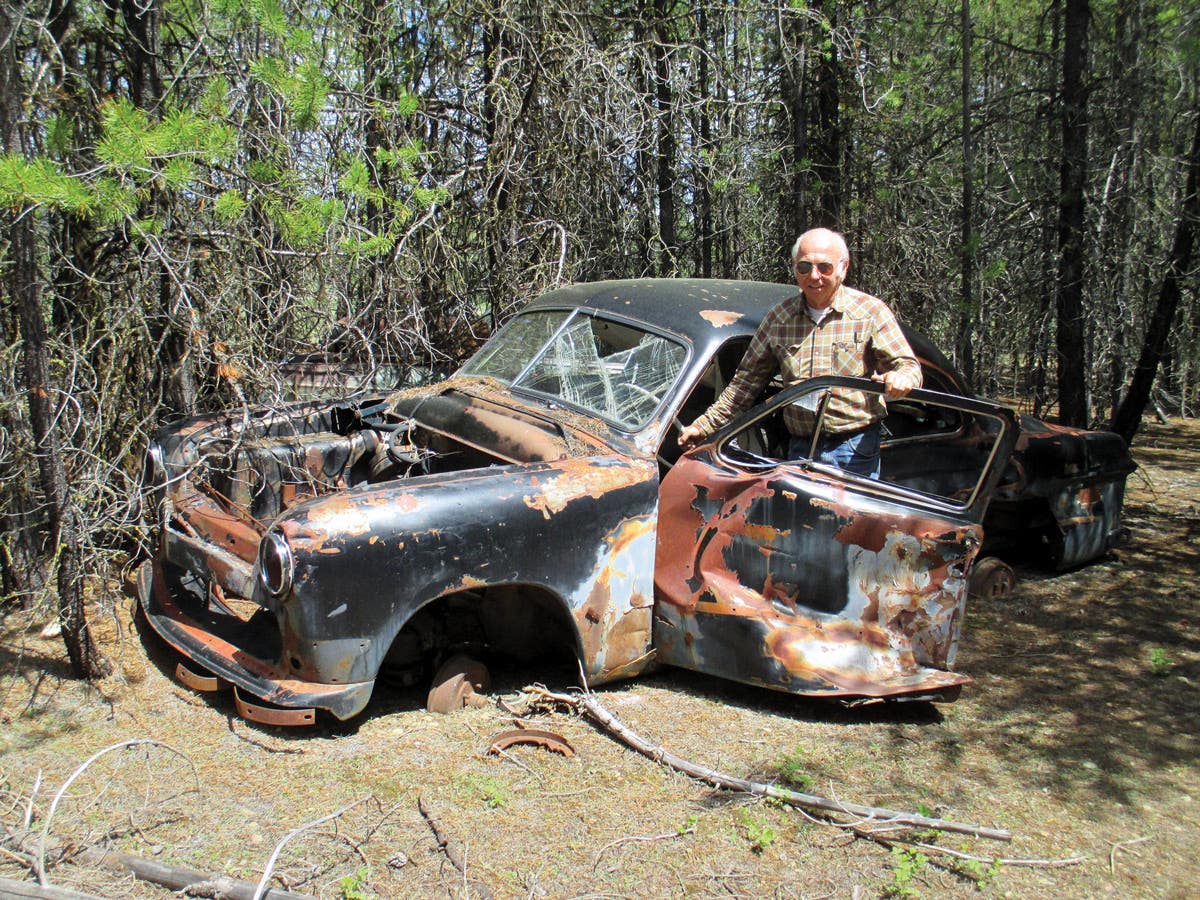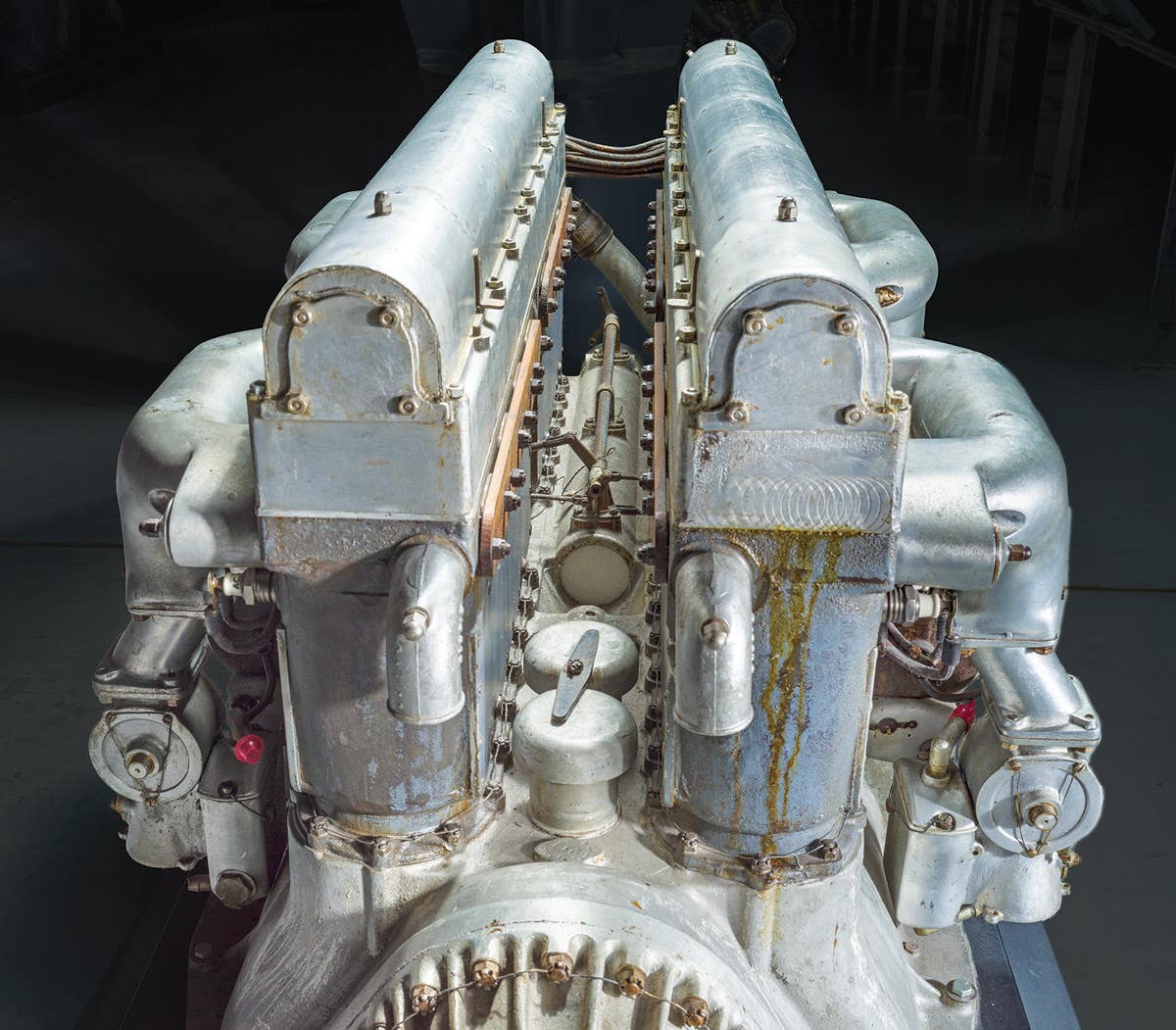Car of the Week: 1970 AMC Gremlin
The Gremlin was one of those unforgettable cars that left a distinct mark in automotive history, and today they are relatively few and far between.
Story and photos by Brian Earnest
John Zastrow has heard all the jokes and one-liners before, so you don’t have to worry about hurting his feelings. He knows you have to have some thick skin and be quick to laugh if you are going to be an AMC Gremlin owner these days. Especially one that is all-original, a little beat up, and painted a dull green with a green interior. It might be harsh to call Zastrow’s Gremlin ugly, but he’ll admit the green is a bit of an acquired taste.
“When I got it, I did not like the color. I thought about painting it white and maybe making a Gremlin X out of it. But my buddy said, ‘No, no, don’t do it. It’s only original once, leave it like it is.' And I’m glad I didn’t do anything to it. The color grew on me and I like the color.
“I’d say nine out of 10 people that walk by make a comment. I find it humorous. I love the negative comments. I get a chuckle out of the rude comments they make.”
Of course, Zastrow’s mean green Gremlin gets a lot of love, too. The Gremlin was one of those unforgettable cars that left a distinct mark in automotive history, and today they are relatively few and far between. AMC sold plenty of them during their memorable run from 1970-78, but Gremlins in any condition are conversation pieces and first-year survivors like Zastrow’s that have never been chopped up, raced, modified or rusted out are particularly scarce. “When I go to shows, there is only one other one that I ever see — it’s a black one with a 401 in it,” notes Zastrow, a resident of Mosinee, Wis. “But it’s not original. It’s been fixed all up. That’s about the only other one I’ve seen in a long, long time.”
American Motors built 27,688 new two-door, four-passenger Gremlin sedans and 872 two-door models with no back seat for that inaugural 1970 sales year. It’s anybody’s guess how many are left in unmolested shape. And it’s possible Zastrow might have the only green-on-green ’70 survivor. It isn’t as flashy as the first Gremlin he had back in 1971. “I ordered a 1971 Gremlin from a dealership in Stevens Point [Wis.]," he remembers. "At that time gas prices were starting to go up, so I considered that. I think it was $1,995, but with all the options it came to almost $3,000. It was still a good deal.
“The thing is I traded in a 1967 Mustang fastback, which I wish I had today. It’s the one car I wish I still had, but I had over 100,000 miles on the Mustang, and it was worn out. I liked the style. Everybody thought it was ugly, but I like something different. It was a nice car. It was white with the red Gremlin X strip on it and it had a sunroof and all the options … fancy wheels. A lot of options on it. I sold it to a fellow I worked with in probably ’78, around there. A few years after that I thought it would be nice to have another Gremlin again, because you don’t see them anymore and the ones you do see are all souped up with big tires and big engines.”
In the summer of 2006, Zastrow’s car buddy, John Bahlow, overheard the female owner of a Central Wisconsin pizza shop talking about wanting to sell her Gremlin, and Bahlow relayed the news to Zastrow. “I called her and went to visit her in Birnamwood, and I had to drive up near Antigo and her husband showed me the car,” Zastrow recalled. “It had a lot of dirt on it, but we worked out a deal and I bought it. A day or two later I drove it back home.”
Zastrow quickly found out the Gremlin had an issue that needed to be solved before it could be driven regularly. “They told me the brakes would grab, but I didn’t think it would be that bad. They did grab bad. I think that’s how the car survived the Wisconsin salt, because it could not be driven in the winter time. It was even hard to drive in the summer time, you almost had to plan your stops. It turned out to be the power brake booster that was faulty. It was getting too much vacuum, so I bought a new booster and put it on and the brakes don’t grab anymore. I had to get that fixed because it was no fun to dive the car like that.”
As far as he can tell, Zastrow is the fourth owner of the green AMC. It was originally purchased by a Milwaukee, Wis., woman not far from its birth place in the Kenosha AMC plant. She drove it for a few years and then sold the car to a man from tiny Hatley, Wis. The car changed hands one more time and then wound up in a barn with brake problems.
“Then I bought it, with about an inch of dirt on it,” Zastrow chuckles. “It’s still all original: original paint, interior, engine, transmission — all that stuff. I have to get the driver’s seat fixed. The seats are kind of torn. Other than that, I haven’t done anything to it, except the brake booster. Oh, it needs a new distributor. The shaft is loose and it doesn’t run right — you can either set it to drive right, or it will idle right, but I can't get it to do both. It affects the timing and it doesn’t run quite right.”
AMC THINKS SMALL
Introduced April 1, 1970 — April Fool’s Day — the AMC Gremlin was hailed as the first modern U.S.-built sub-compact car, and it went on to become one of the most instantly recognizable cars on the road and a symbol of the ‘70s. The original plan for the car started back in 1966 and came from AMC design chief Richard Teague and fellow design whiz Bob Nixon, who allegedly sketched out their first visions for the car on an airplane air sickness bag. Their plan was to make the car stand out visually from any small imports showing up on American shores — and anything else being planned by their Big Three competitors, who were ready to launch their own new compact cars.
The unique Gremlin was basically a Hornet from the trailing edge of the door forward. The rear styling had a slanted, Kammback theme. It angled from a foot, or so, behind the rear wheel opening (at the bottom) to a point on the roof that was nearly plumb with the rear wheel centerline. Whereas the Hornet rode on a 108-inch wheelbase, the Gremlin’s stance was shorted to 96 inches. The large hood concealed a base 199-cid/128-hp inline six-cylinder, or an optional 232-cid six with 145 hp. Both returned gas mileage of between 20 and 25 mpg, which wasn’t as good as most of the small imports, but was better than anything else being sold by U.S. car builders.
Model identification came from a front fender cartoon badge and model name script on the sail panel (between two angular windsplit depressions). The rear was decorated with a circular medallion set into a rectangular depression panel that arched over it. Recessed, rectangular taillamps were seen. A hatch-style rear window was featured on a four-passenger version.
The two available models were a two-passenger commuter and the four-passenger version with a fold-down rear seat. Standard features included front armrests; front ashtray; 35-amp alternator (55-amp with air conditioner); dome light; exhaust emissions control system; rubber floor and trunk mats; heater and defroster; split-back front foam seat cushion; wheel trim hubcaps; dual pin stripes; B-rated 6.00 × 13 blackwall Polyester tires; three-speed manual transmission with column-mounted shift controls and 199 cid/128-hp six. Drum brakes on all four corners did an adequate job bringing the Gremlin to a stop. The four-passenger model used the rear window liftgate feature and had a foam-cushioned rear seat (with folding backrest). A selection of 30 factory-installed options or accessories, plus seven packages, was provided. New car buyers got a 12-month, 12,000-mile bumper-to-bumper warranty with their purchases.
MORE GREEN MILES
Zastrow’s car was one of the 27,688 four-passenger sedans built in the Gremlin’s first year. It carried a base price of $1,059, which was 80 bucks cheaper than the two-seat version.
“Mine has factory air, which is kind kind of unusual I would think,” Zastrow notes. “It’s got power brakes, power steering… an AM/FM radio. It’s an automatic. My original Gremlin had a three-speed stick in it. It’s really a nice-riding car. I think it could be the [big six-cylinder] engine, but if feels like a bigger car than it is. I can’t tell you what the car weighs, but it is a good-handling car and the ride is good. I really enjoy driving it.
“One other unique thing is it’s got a 22-gallon gas tank. The tank is big. The mileage isn’t that great, I think I get around 20 mpg, but I think they were advertising back then that you could go like 400 miles on a tank of gas.”
Zastrow has only put a couple thousand miles on the Gremlin in the years he has owned it. The car shares is affections with a 1959 Plymouth Sport Fury that is also parked in his garage. The fun little AMC is a regular at area car shows and Zastrow plans to roll up plenty more miles when he gets the car’s timing issues addressed.
One thing Zastrow knows for sure is that he will get noticed anywhere he shows up in his Green Gremlin, and the conversations that follow will never be boring.
“The reactions are varied. One person loves it, the next person hates it,” Zastrow says. “I can be standing right there and people don’t know it’s my car. One guy said, ‘I can’t believe I rode in a car like that.’ Another person will say, ‘My mother had one. That was a nice car!’ It gets a lot of attention.”
______________________
Show us your wheels!
If you’ve got an old car you love, we want to hear about it. Email us at oldcars@aimmedia.com
*As an Amazon Associate, Old Cars earns from qualifying purchases.



